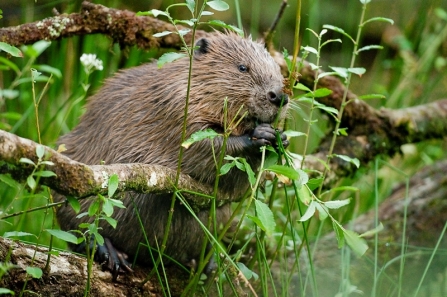Five years of studying these animals, gathering evidence, building partnerships and working intensively with landowners, social scientists, flood experts, biologists, geneticists, government bodies and fishing interests. In the world of species reintroductions, this has been as thorough and comprehensive as it gets.
Perhaps the most important thing about the trial is just how the beavers have thrived in their new surroundings. The population has grown to at least 8 and possibly 13 family groups. There have been few casualties, and only three that we know about. Some argued that the novelty factor of beavers would soon wear off, but far from it. The popularity of the beavers among all groups has grown and grown.


